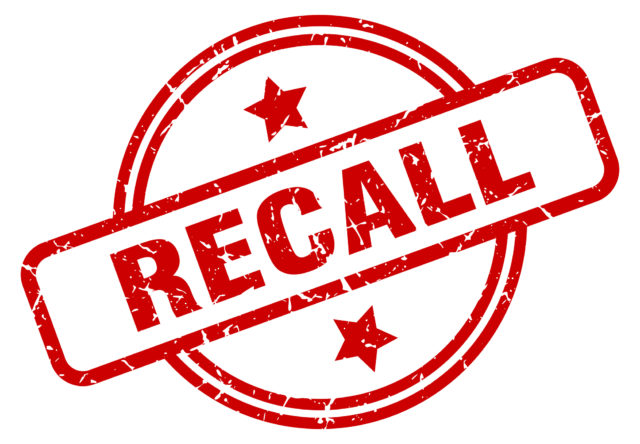
We are in the midst of a sleep crisis. According to the U.S. Centers for Disease Control and Prevention, more than one-third of American adults do not get enough (seven or more hours each night) sleep. This sleep crisis is caused by many things, including a serious condition called Obstructive Sleep Apnea, or OSA, which causes one to stop breathing during sleep and can wake one up throughout the night. And, as many have reported in the media, this crisis became exacerbated by one of the largest medical device issues in U.S. history: the recall of millions of Continuous Positive Airway Pressure (CPAP) devices.
Every media report on this failure is warranted, but too much of this coverage is “dead-end,” sharing the latest developments without offering alternatives to stranded patients. There are equally-if-not-more-effective alternative sleep apnea treatments available and the media must embrace its responsibility to make patients aware of them.
For those unfamiliar with the situation in question, imagine if one-third of all cars on the road were suddenly recalled for potentially life-threatening issues.
CPAP is the most commonly prescribed treatment for sleep apnea. This CPAP recall follows the discovery of potentially harmful foam particles inside respirators; STAT News and others have reported that this has affected more than 10 million devices. For context, that is enough devices to treat one-third of the people in the U.S. living with sleep apnea.
STAT News has reported on alternative sleep apnea treatments. However, some of the most influential and informative news outlets in the world have published article after article on all problem, no solution. Appallingly, an October 2022 Associated Press article cited a physician who said that “most patients are better off using a recalled device because the risks of untreated sleep apnea still outweigh the potential harms of the disintegrating foam.”
With information like that coming from trusted institutions in journalism, one might think CPAP was the only sleep apnea treatment on earth. One would be mistaken. While CPAP is highly efficacious, compliance is an issue, as many find it intolerable; it is noisy and uncomfortable for many patients and their bed partners, leading 15% of patients to abandon CPAP after one night and 50% within one year. Thankfully, we live in a golden age of healthcare innovation and in the last decade, that ingenuity has accelerated in the sleep sector as more innovators recognize the need for alternatives to CPAP.
Many patients who have tried and failed CPAP have access to Hypoglossal Nerve Stimulation (HGNS). HGNS treats sleep apnea with a surgically implanted medical device that stimulates the hypoglossal nerve – a motor nerve stimulating several tongue muscles – in a rhythm matching a patient’s breathing. In addition to requiring surgery, this therapy’s major shortcoming is that it is only for patients with moderate to severe cases and with a body mass index of 32 or less, which may exclude many potential patients as sleep apnea affects 45% of obese adults.
Many patients also have access to Oral Appliance Therapy (OAT), which addresses the adherence issues associated with CPAP. These oral devices reposition and stabilize a patient’s jaw during sleep, improving airflow and helping them sleep uninterrupted. Since 2015, the American Academy of Sleep Medicine and the American Academy of Dental Sleep Medicine (AADSM) have recommended that sleep physicians consider OAT for mild to moderate sleep apnea patients who refuse CPAP or cannot tolerate it. More recently and in direct response to the CPAP recall, the AADSM has urged members to adopt OAT. As a result, it is growing in popularity.
These potentially transformational alternatives to CPAP are efficacious, effective and clinically validated. While they are used by hundreds of thousands of patients in the U.S. alone, many more people are unaware of them. Many in this unaware category are CPAP users whose overall health and quality of life could improve from these treatments. Yet, they may worry these alternatives are not available to them. Should patients consult their doctors, they will find that all of these options are FDA-approved and are covered by insurance in most instances.
Now imagine that in the aforementioned hypothetical automobile recall, the media dedicated its energy almost entirely to reporting on the worsening problem without making viewers aware of potential solutions. That is exactly where we are with the CPAP recall. It is time for the trusted media at large to start reporting on the problem and the solution, rather than just the former. No more “dead-end” media coverage of the CPAP recall; start pointing patients in the right direction.
Photo: Aquir, Getty Images








